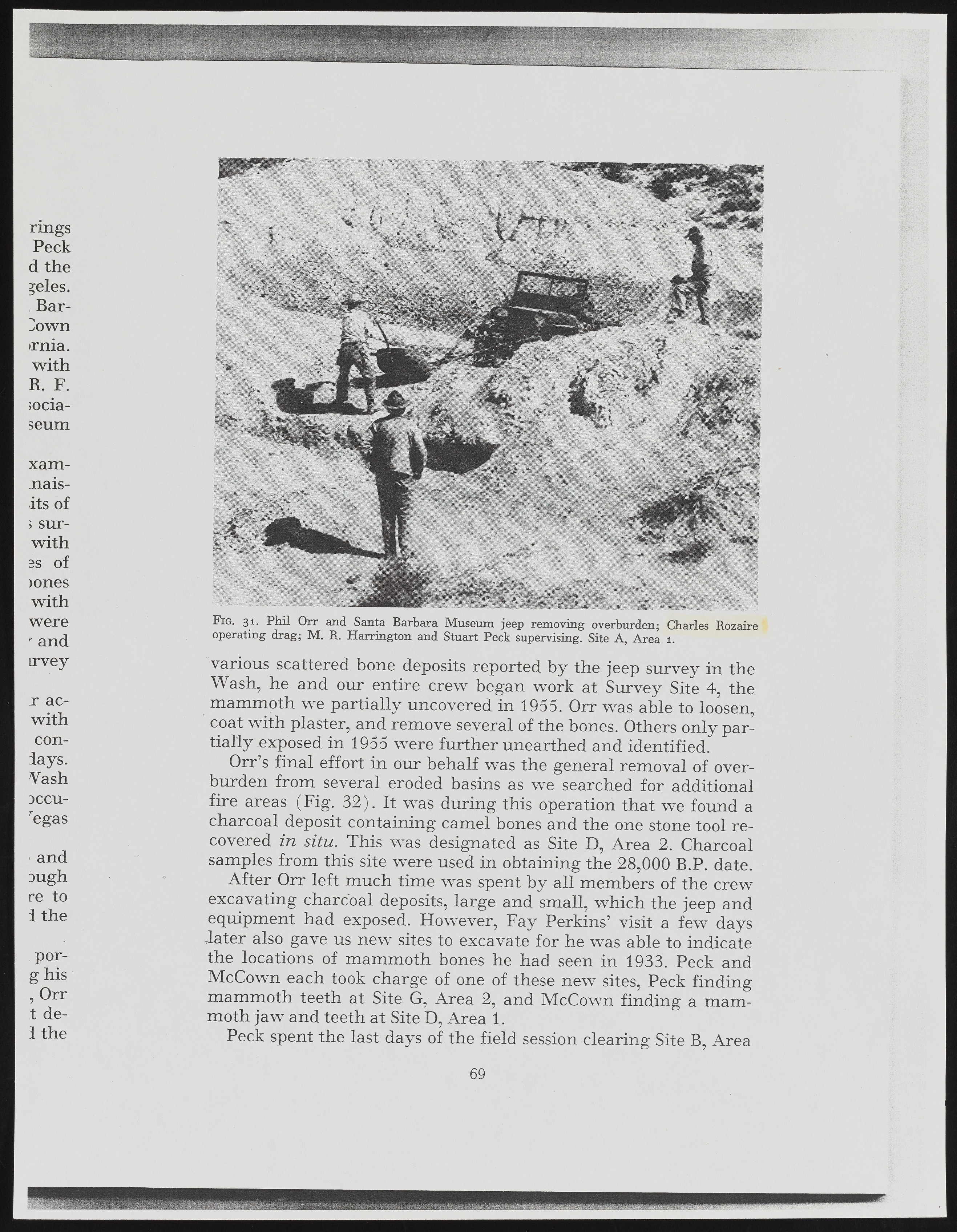Copyright & Fair-use Agreement
UNLV Special Collections provides copies of materials to facilitate private study, scholarship, or research. Material not in the public domain may be used according to fair use of copyrighted materials as defined by copyright law. Please cite us.
Please note that UNLV may not own the copyright to these materials and cannot provide permission to publish or distribute materials when UNLV is not the copyright holder. The user is solely responsible for determining the copyright status of materials and obtaining permission to use material from the copyright holder and for determining whether any permissions relating to any other rights are necessary for the intended use, and for obtaining all required permissions beyond that allowed by fair use.
Read more about our reproduction and use policy.
I agree.Information
Digital ID
Permalink
Details
Member of
More Info
Rights
Digital Provenance
Publisher
Transcription
rings Peck d the jeles. Bar- Hown >rnia. with R. F. ;ocia-seum xam-nais-its of ; sur-with 3S of >ones with were r and irvey r ac-with con-iays. Vash DCCU-regas and DUgh re to i the por-g his , Orr t de-i the Fig. 31. P h il Orr and Santa Barbara Museum jeep removing overburden; Charles Rozaire operating drag; M . R. H arrington and Stuart Peck supervising. Site A , A rea 1. various scattered bone deposits reported by the jeep survey in the Wash, he and our entire crew began work at Survey Site 4, the m am m oth we partially uncovered in 1955. Orr was able to loosen, coat w ith plaster, and remove several of the bones. Others only partially exposed in 1955 were further unearthed and identified. Orr’s final effort in our behalf was the general removal of overburden from several eroded basins as we searched for additional fire areas (Fig. 32). It was during this operation that we found a charcoal deposit containing camel bones and the one stone tool recovered in situ. This was designated as Site D, Area 2. Charcoal samples from this site were used in obtaining the 28,000 B.P. date. After Orr left much time was spent by all members of the crew excavating charcoal deposits, large and small, which the jeep and equipment had exposed. However, Fay Perkins’ visit a few days ,later also gave us new sites to excavate for he was able to indicate the locations of m am m oth bones he had seen in 1933. Peck and McCown each took charge of one of these new sites, Peck finding m am m oth teeth at Site G, Area 2, and McCown finding a m am moth jaw and teeth at Site D, Area 1. Peck spent the last days of the field session clearing Site B, Area 69

